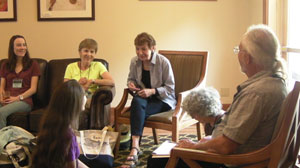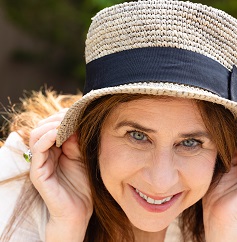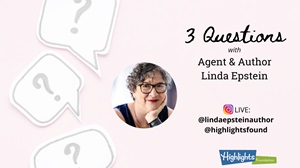Good Reasons to Obsess over Chapter One, Page One, and Line One
In One Writer’s Beginnings, Eudora Welty wrote, “Long before I wrote stories, I listened for stories. Listening for them is something more acute than listening to them. I suppose it’s an early form of participation in what goes on. Listening children know stories are there. When their elders sit and begin, children are just waiting and hoping for one to come out, like a mouse from its hole.”
Recently, Stephen King spoke about the power of great beginnings. He said something very similar: “An opening line should invite the reader to begin the story. It should say: Listen. Come in here. You want to know about this.”
I couldn’t agree with Welty and King more. (The truth is, like a lot of writers, I obsess over Chapter One. And page one. And line one.) There are good reasons for this.
A first line is an invitation.
It is a first impression. It is a hook. It establishes who is speaking (character) and what they want (conflict and motivation). It can give the reader a sense of time and place. Most important, a good opening line begins with VOICE. (King believes readers come for voice, even more than character and story.)
Here are just three of my favorites:
“The way it looks is not the way it is.” — Chris Lynch, Inexcusable
“On the afternoon of his seventh birthday, I set Bobby Clarke on fire.” — Gail Giles, Right Behind You
“When Jamie saw him throw the baby, saw Van throw the little baby, saw Van throw his little sister Nin, when Jamie saw Van throw his baby sister Nin, then they moved.”— Carolyn Coman, What Jamie Saw
(For YEARS I’ve tried to write a sentence as good as Coman’s!)
So…are you ready to stretch? Here is a simple exercise to help you find a great opening line, and maybe even a great chapter!
Take a look at the manuscript you are working on. Open it to Chapter One. Without being too hard on yourself, find the BEST SENTENCE in the chapter—the one with the most tension and voice. Is it the first sentence? Congratulations! If it’s not, what would happen if you moved it to the top?
Writers, I use this exercise for difficult chapters, too. I find the best sentence and put it first. Or sometimes last. Then I build the rest of the chapter in front or behind it.
Why does this work?
Great lines want space. They need breath. Space creates forward motion and helps you intentionally modulate pace. I strive to use the white space before and at the end of the chapter to display great lines that hook readers and keep them on the edges of their seats! There’s nothing that makes a book more “unputdownable”!
If it works for you, let me know! Or sign up for Monday Motivation, my weekly newsletter. A tip a week to keep you writing strong! www.saraharonson.com







